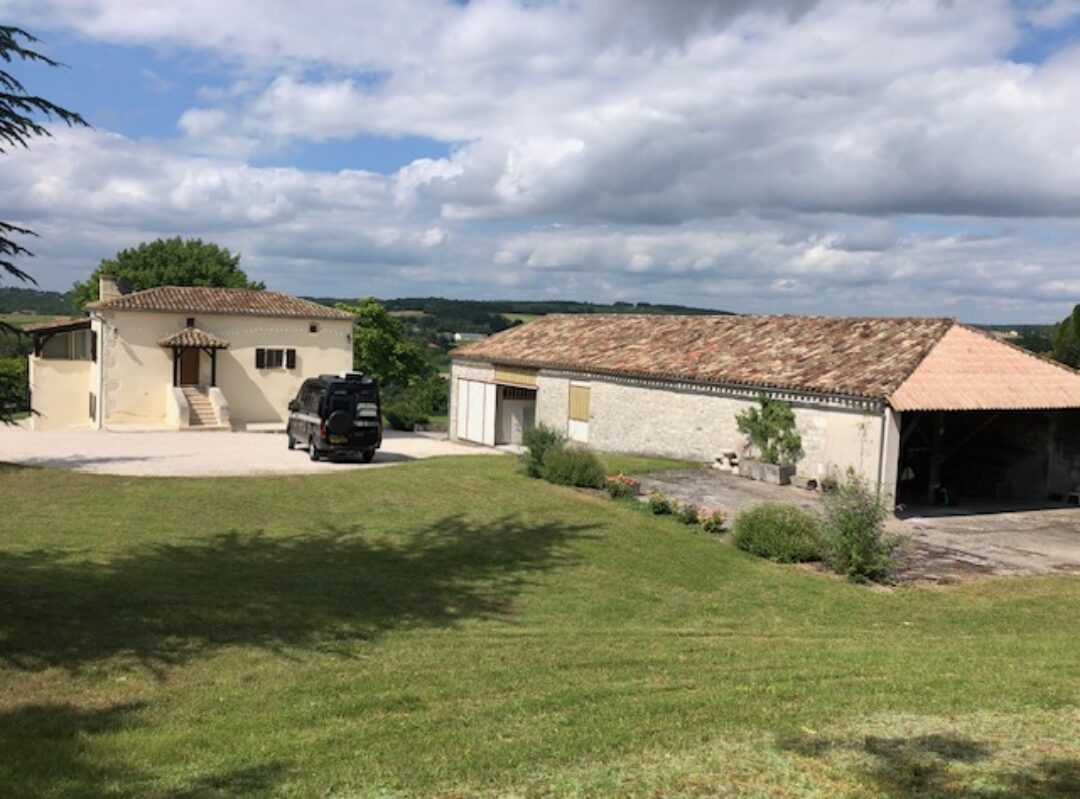Brengues
We’ve moved on to our next stop at Brengues in the River Célé valley. It’s not that far from where we were at Saint Cirq Lapopie and we had a brief motorbike ride along part of the valley when we were staying there. Brengues is a very small one-horse village about half-way between Bouziès and Figeac and we chose it as a base for walking and for days out exploring in the area. Our campsite is about 1 km out of the village right on the river again, as is our pitch, and we look out on the river with the Quercy cliffs in front and behind us. The river is quite low at this point, in fact too low to kayak directly from here, but it’s fast flowing and very clear and we have access to walk into the river and cool off. This is the last week of the main French holidays and we’ve really noticed a drop off in the number of holidaymakers, evidenced as well by the fact that the only restaurant and shop in the village have closed for two weeks in August – well, they need their holiday too and perhaps trade this year just hasn’t made it worth their while to stay open for the full holiday period. So birds and the flowing river are pretty much all we hear.

On our first full day we set off to do a circular walk from the village church. The first part took us up the cliffs behind us, through a fortified arch and along to another Château des Anglais, probably built in the 12th century and set into the rock on two levels about 500 feet above the campsite. According to the information at the site, this Chateau wasn’t used by soldiers in the pay of the English. The inhabitants would have used it, as well as other caves that are visible in the face of the cliff, to protect themselves and it would have even served as a place of detention during the wars of religion. The inhabitants of Brengues, who had converted to Protestantism, made a speciality of kidnapping Catholics and then demanding a ransom – very enterprising. We carried on past water sources and ‘fountains’ that provided drinking water to inhabitants and water for livestock and washing.


Our route meandered down through hamlets back to the valley floor and the very attractive village of Espagnac-Sainte-Eulalie, with a 12th century church and well-preserved priory. The village is on the GR651, a ‘variant’ route of the Chemin de Compostelle, and there are lots of scallop shell markers denoting this. In fact we saw more walkers on this walk (we’re talking 6 or 7!) than we have on any other walk. The buildings at the priory now form a ‘gite communal’ to house pilgrims and walkers doing the trail. Our walk carried on up to the opposite cliffs with magnificent views over the valley and then back down again to Brengues. Many crops and fruits are now nearly or fully ripened and we were able to enjoy some wild plums and blackberries, found up in the hills, as part of our lunch.




Pech Merle
The Quercy Géoparc is rich in history, fossils and geological treasures. There are several prehistoric cave sites in the area and the most well known, and the nearest to us, is Grotte du Pech Merle just outside the village of Cabrerets on the Célé. The weather forecast had predicted there would be some rain at the end of the week so we booked up (in accordance with Covid requirements) to visit, as you don’t need good weather to be underground. The forecast was indeed correct and the rain held off long enough for us to disconnect our awning and depart in the campervan. The caves are not the largest we’ve visited, nor do they have the most spectacular geological formations, but they are known for the cave paintings which are reputedly more than 29,000 years old, with some of them supposedly older than the cave paintings at the famous Lascaux caves in the Dordogne. Also, you get to see the original cave paintings at Pech Merle which is not the case at Lascaux.
The Pech Merle caves were discovered in 1922 by three local adolescents exploring in the area and also feature chambers with disc shaped formations, which we hadn’t seen before, created by water projections through the cave wall and also a set of footprints from a young person, preserved in mud. The most striking ‘artworks’ in red (from iron oxide) and black (from manganese) were the ‘dotted’ horses and negative handprints – those created by the artist spitting or spraying the pigment around a hand held against the rock. The horses were specifically referred to as ‘dotted’ and not ‘spotted’ as the dots extend beyond the outlines of the horse images. Photography isn’t allowed inside the caves so the images are from copies seen in the adjacent museum.


By the time we emerged back into daylight the rain had stopped. It’s the first time we’ve had to wear trousers (other than motorbike gear) since we arrived – more because of the 12C temperature in the caves than the weather outside.


